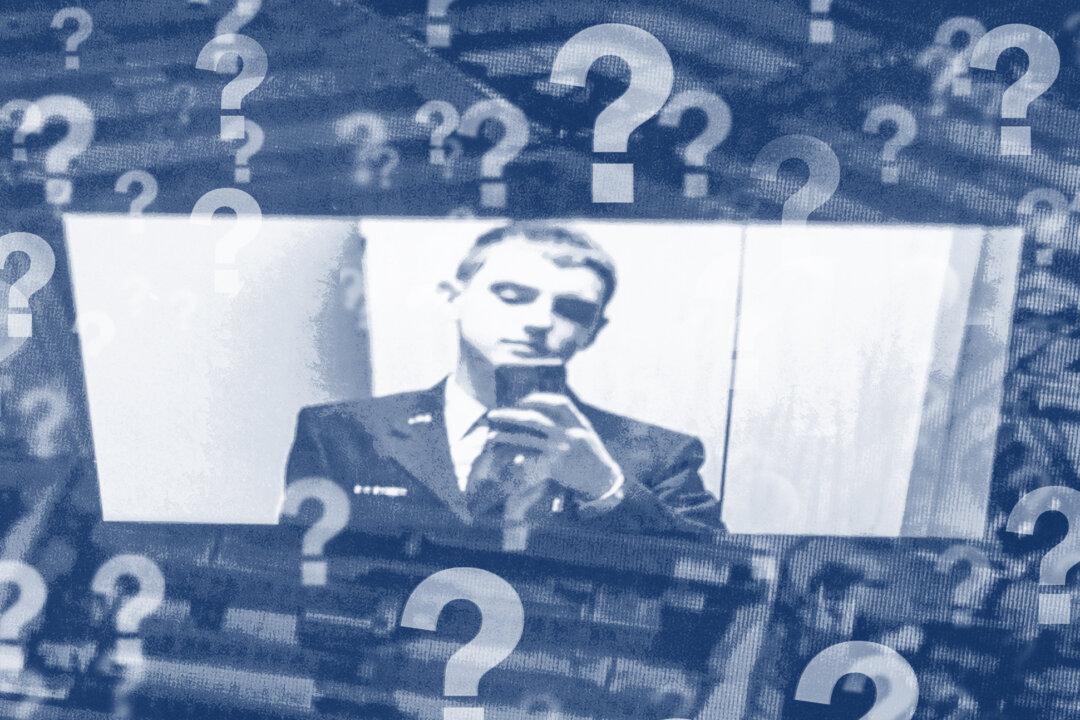Commentary
Last week, 21-year-old low-level Massachusetts Air National Guardsman Jack Douglas Teixeira was arrested and charged with violating the Espionage Act and leaking sensitive defense material.

Last week, 21-year-old low-level Massachusetts Air National Guardsman Jack Douglas Teixeira was arrested and charged with violating the Espionage Act and leaking sensitive defense material.